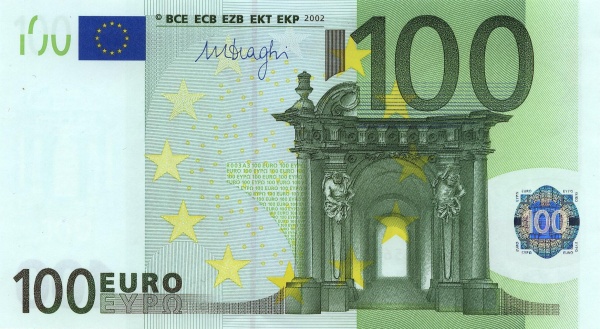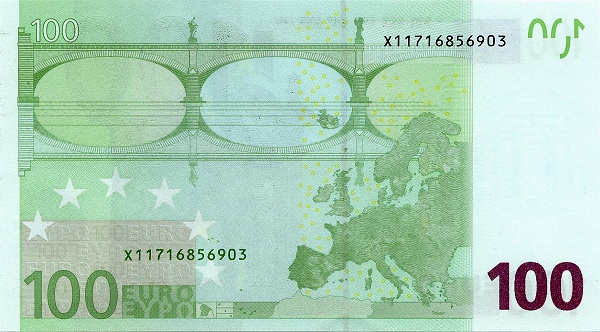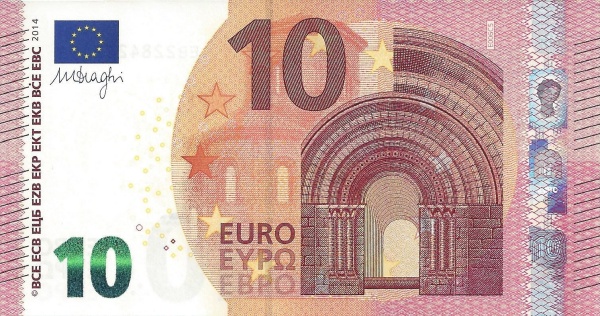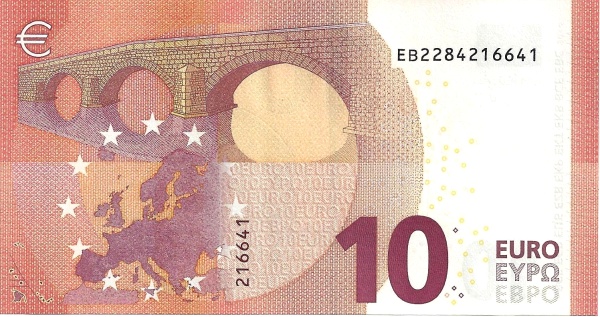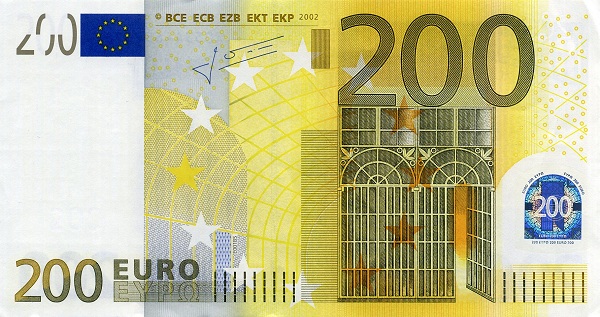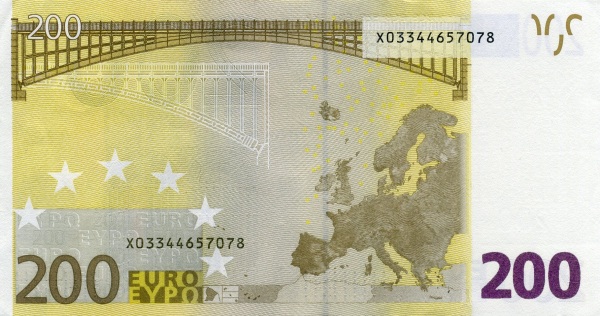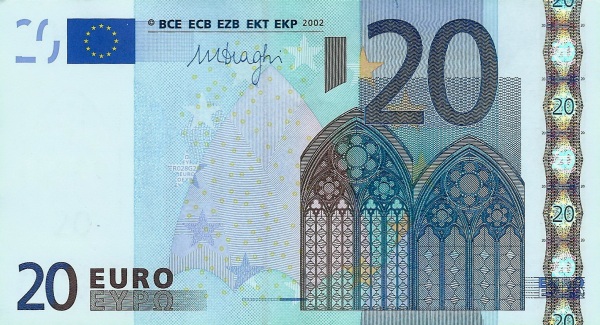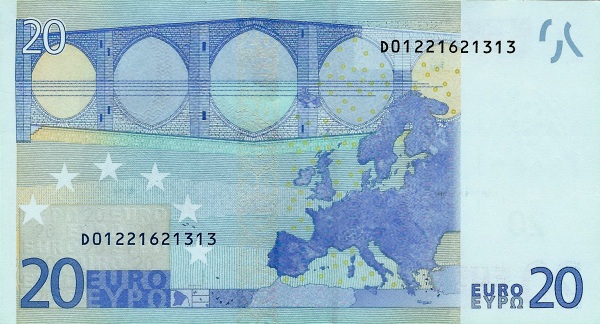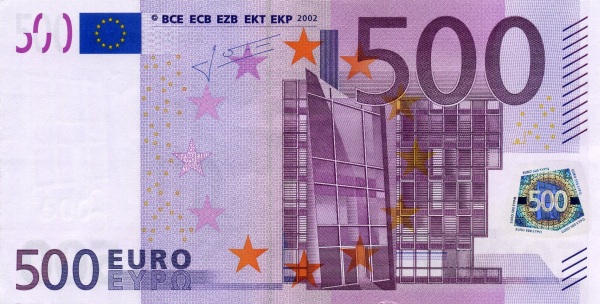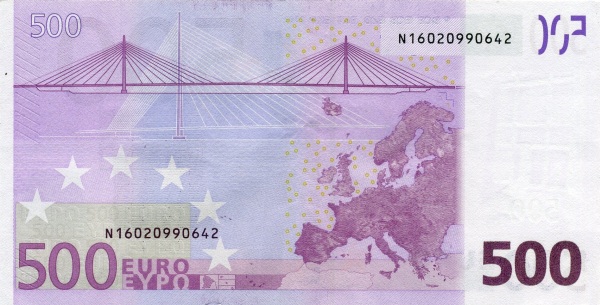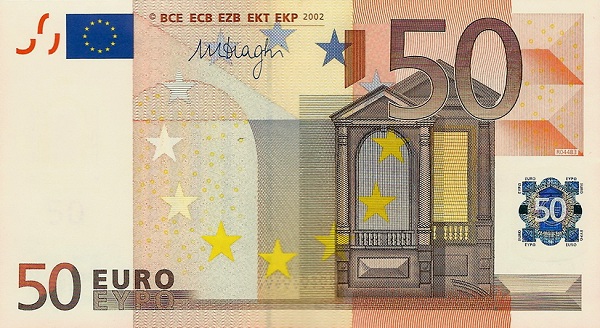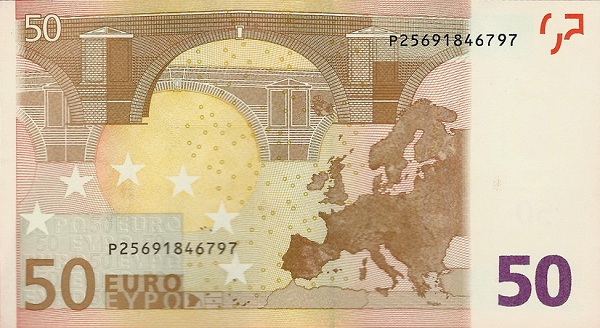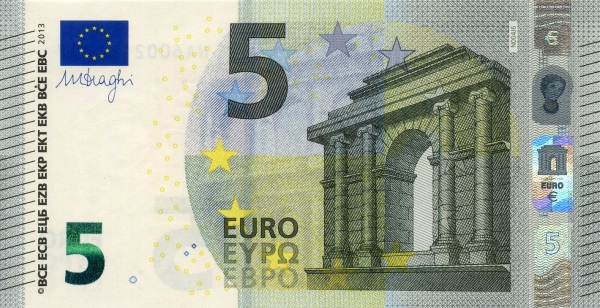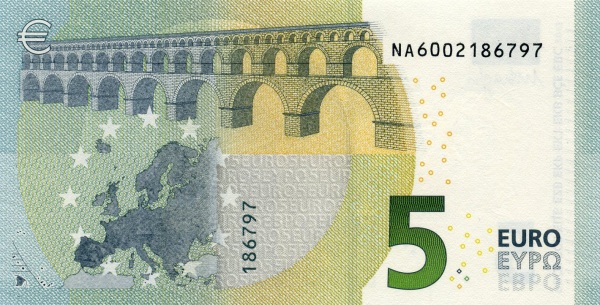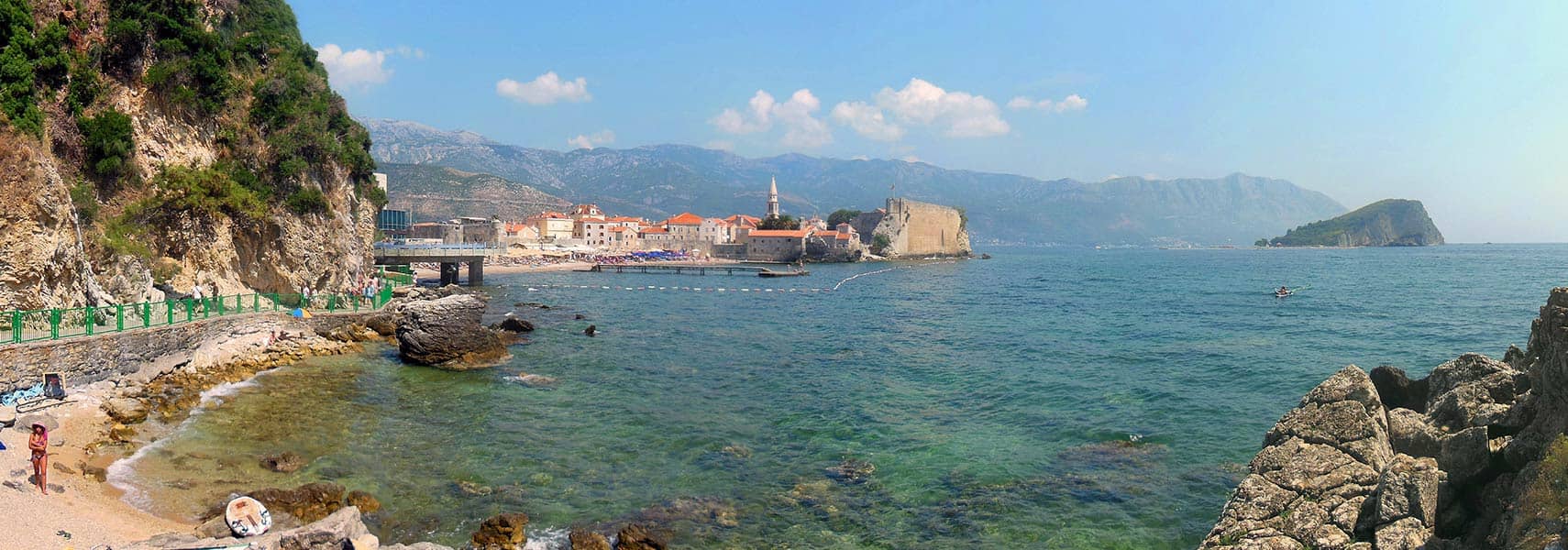Exploring Montenegro: A Gem in Southeastern Europe
Located in Southeastern Europe, Montenegro boasts stunning mountainous landscapes and a beautiful coastline along the Adriatic Sea. This small yet captivating country shares its borders with Albania, Bosnia and Herzegovina, Croatia, and Serbia. Spanning an area of 13,812 km², Montenegro is slightly smaller than half the size of Belgium or the U.S. state of Connecticut. With a population reaching approximately 622,000 as of 2015, this vibrant nation captures the hearts of its visitors.
The Capital City: Podgorica
The largest city and capital, Podgorica, houses around 195,000 residents, highlighting that nearly 30% of the whole population lives in this urban area. The multicultural fabric of Montenegro reflects in its linguistic diversity; the primary language, Montenegrin, belongs to the Serbo-Croatian dialect group. Additionally, recognized regional languages include Serbian, Bosnian, Albanian, and Croatian, offering a rich tapestry of communication across the country.
A Brief Historical Overview
Montenegro's historical journey stands apart from many other Balkan nations. It remarkably maintained its independence from the Ottoman Empire, which allowed it to flourish through the centuries. Between the 16th and 19th centuries, Montenegro operated as a theocratic state governed by a succession of bishop princes. However, the landscape shifted in 1852 when the country transitioned into a secular principality. Eventually, this transformation paved the way for its integration into the Kingdom of Yugoslavia.
Government Structure and Independence
Montenegro operates as a republic, with its constitution being adopted on 12 October 1992. A significant moment in its history occurred on 3 June 2006 when it proclaimed independence through a parliamentary decision following a referendum. This pivotal choice allowed Montenegro to separate from the state union with Serbia and Montenegro, marking a vital chapter in its journey towards self-governance.
Geographical Wonders of Montenegro
Strikingly unique in its geography, Montenegro features a diverse landscape that transitions smoothly from the Adriatic coast to the mountainous regions of the interior. The terrain varies significantly, ranging from narrow coastal plains to thickly forested mountains, creating an appealing destination for nature enthusiasts.
Highlights of the Terrain
The highest peak in Montenegro, known as Bobotov Kuk, rises majestically at 2,522 meters in the Durmitor Mountain range. This peak presents an inviting challenge for hikers and adventure seekers. Moreover, Lake Skadar, the country's largest lake, spans an impressive area of 391 square kilometers, further enhancing Montenegro's natural beauty.
Climate Conditions
When it comes to climate, Montenegro experiences a Mediterranean climate along the coast, characterized by hot, dry summers and moderate winters. Conversely, the inland regions display a continental climate with colder winters. This varied climate creates distinct ecosystems throughout the country, enticing visitors with diverse environments.
The People and Their Culture
Montenegro's people embody a rich cultural identity, with Montenegrins constituting 43% of the population as recorded in the 2015 census. Additional ethnic groups include Serbians (31%), Bosniaks (8%), Albanians (5%), Muslims (5%), Croatians (1%), and Roma (0.5%). The multicultural essence is further complemented by the religious composition, comprising 74% Orthodox Christians, 18% Muslims, and 4% Roman Catholics, showcasing the nation's tolerance and coexistence.
Language and Literacy
Language plays a significant role in shaping Montenegro's identity. While Montenegrin serves as the official language, the prevalence of Serbo-Croatian indicates the historical links among the regional languages. Notably, around 95% of the population speaks Serbo-Croatian, with 5% communicating in Albanian. This linguistic richness reflects the nation's historical connections and cultural interactions.
Natural Resources and Economy
Montenegro's abundant natural resources significantly influence its economy. The nation is particularly rich in bauxite and hydroelectricity, contributing to its energy sector. The agricultural landscape thrives with various products, including grains, tobacco, potatoes, citrus fruits, olives, and grapes. While sheep herding remains prominent, commercial fishing has limited significance in the national economy.
Industry and Exports
The industrial sector of Montenegro encompasses steelmaking, agricultural processing, and consumer goods manufacturing. Tourism also plays a vital role, attracting countless visitors eager to experience the country's unparalleled beauty. Exports are primarily directed toward Croatia and Serbia, which account for around 22.7% of total exports as of 2012, followed by Slovenia at 7.8%. Conversely, the primary import partners include Serbia, Greece, and China.
Summarizing Montenegro's Charms
In conclusion, Montenegro stands as a remarkable destination, captivating travelers with its rich history, diverse culture, and breathtaking landscapes. The country's strategic geographical location in Southeastern Europe along with its modern governance and environmental wonders establish it as an alluring choice for tourists seeking both adventure and relaxation. With its delicious culinary offerings, warm hospitality, and vibrant history, Montenegro continues to enchant those who wish to explore its many facets.
Largest cities of: Montenegro
| City Name | Population | Year of foundation | |
| Podgorica | 185,937 | 1878 | |
| Nikšić | 65,000 | 1042 | |
| Herceg Novi | 33,481 | 1382 | |
| Bijelo Polje | 28,000 | 1878 | |
| Kotor | 20,000 | 168 BC | |
| Rožaje | 19,000 | 1878 | |
| Bar | 17,000 | 8080 | |
| Tivat | 14,533 | 1680 |
Montenegro: Money
